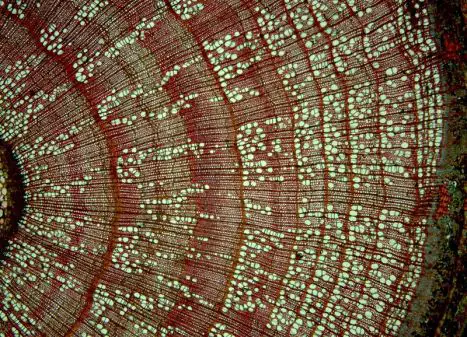
You are definitely on the wrong page if you think tree rings only denote the age of a tree. Aside from notifying you about the same, tree rings allows dendrochronologists to analyze past climate conditions and history of the tree. Let us delve in detail what tree rings actually stand for:
The alternating light and dark rings normally radiate from the center of a tree trunk. Depending on the health and shape of a tree, the rings can be of different thicknesses and shapes as well. Dendrochronologists study these rings by removing core sample from the tree with an increment borer. First, as most of us know, a tree adds a new ring containing a wide, light part and a comparatively narrower dark part every year to its overall girth. So, by counting the number of rings, you can calculate the exact age of a tree.
Secondly, if the tree has a thick ring, it grew well and had a good year. On the contrary, if the ring is a thin one, we may infer that the tree had to face drought, a harsh winter or a survival conflict and hence, it could not grow well that year.
Last but not least, the tree rings also provide one with a fair idea about environmental changes the tree had to go through during its lifetime.